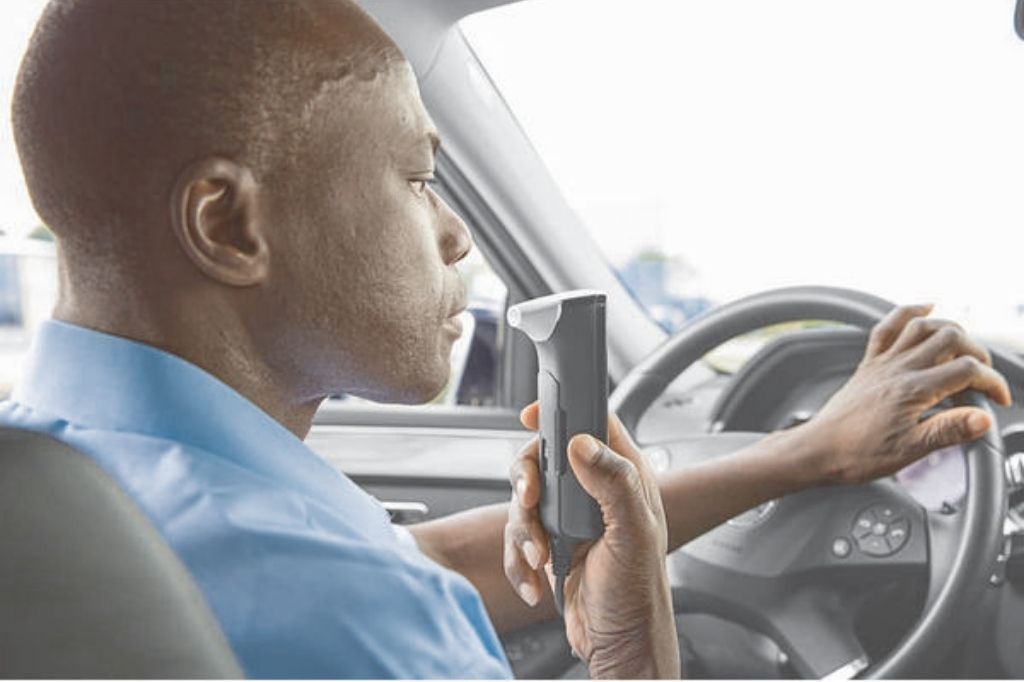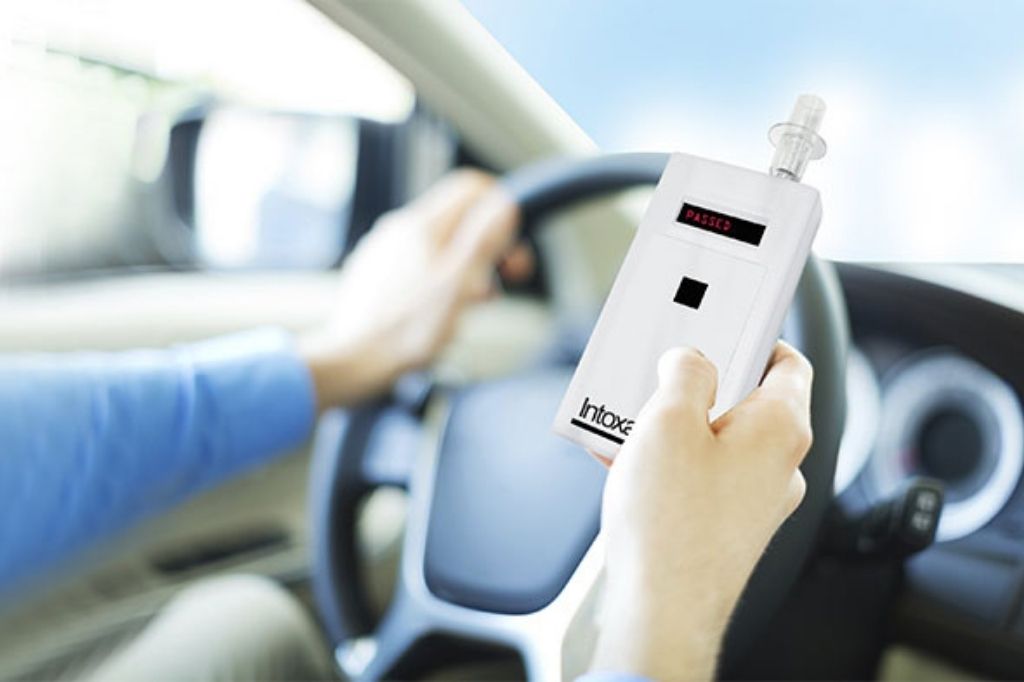You know, if you’ve ever been through the wringer with a DUI, you’ve probably found yourself wondering, does Intoxalock report to DMV? It might seem like a quick yes-or-no question, but honestly, there’s a lot more to it than meets the eye. It’s about how this gadget, the ignition interlock device (IID), ties you up in a system of rules and checks and balances that you might not expect. This isn’t just about making sure you don’t start the car if you’ve had a drink. No, Intoxalock plays a pretty active role in what the DMV sees and doesn’t see, and that can affect everything from getting your license back to avoiding further penalties.
Let’s unpack it all and get to the bottom of what Intoxalock actually does, shall we?
What Exactly Is Intoxalock and Why Is It There?

So, what is Intoxalock anyway? Well, it’s one of those breathalyzer-type devices that hooks right into your car’s ignition. Before you can even start the car, you blow into it, and if you pass; meaning no alcohol detected, you’re good to go. But if you don’t, well, that car isn’t going anywhere. And it’s not like you’re the only one who’s in on this information. Intoxalock, like all IIDs, doesn’t just stop at letting you drive or not. It’s recording every test result, and yes, this info doesn’t just sit there in the device. Depending on the state, a lot of this information heads straight over to the DMV, so it’s all on file.
Does Intoxalock Really Send Reports to the DMV?
So let’s tackle the big question: does it report to the DMV? In a word, yes. Intoxalock isn’t just sitting quietly in your car without anyone else knowing what’s happening. For those with a court-mandated IID or DMV requirements, Intoxalock is typically required to share regular updates with the DMV. They’ll know if you’ve tampered with it, skipped a test, or failed.
But how often does it report, you ask? That can actually vary a lot by state. Some places want a rundown every month, others have it sent sooner if there’s a hiccup in compliance. So really, it’s not a system you can bypass or work around. Even one missed calibration or test fail could get sent in, potentially flagging your case for more scrutiny or even additional penalties. This might seem harsh, but the idea is to keep people accountable and reduce the risk of repeat offenses.
Related Article: Intoxalock Roadside Assistance
What Kind of Stuff Does Intoxalock Track?
Here’s the nitty-gritty of it; Intoxalock isn’t just keeping a yes-or-no record of your breath tests. The device logs a lot more than that. Every time you blow into the machine, it tracks the time, the date, and whether you passed or failed. And yes, this whole list heads to the DMV at whatever frequency the state sets.
If something goes wrong, like a missed test or skipped calibration, that’s logged too. All this data creates a profile of your “driving compliance,” if you will, giving the DMV a really detailed look at how well you’re following the rules. So if there’s ever a question about your compliance, the DMV has a whole stack of logs to look back on. It’s thorough; some might even say intimidating.
What Happens if You Fail a Breath Test?
So what about those failed tests? What if you wake up one day, blow into the thing, and it’s a no-go? Well, a failed test gets logged instantly, and in some states, it might even ping the DMV right then and there. One or two slips might be fine, but repeat issues? That’s when things get trickier.

Every failed test is recorded, and depending on how strict your state is, those failures can result in more DMV action. Some states might extend your IID time; others might put your case in front of a judge. This isn’t a minor thing. If you’re locked out because of a fail, you’ll typically have to wait a set period before you can even try to start the car again. And if the DMV sees too many failures in the logs? They might consider taking your license altogether.
Calibration: Keeping the Device Accurate
Now here’s something people sometimes overlook. These devices need regular “calibration” to keep their readings on point. Think of it like maintenance. The device has to be checked every so often to make sure it’s correctly detecting any trace of alcohol. If you miss these calibration dates, it can get reported as non-compliance. Yes, even a missed calibration might end up on a DMV report.
Why is that a big deal? Well, calibration is a requirement, not a suggestion. The DMV treats it as another part of your compliance. If you’re supposed to go every month or whatever interval they’ve set, and you don’t? It’s as serious as skipping a test.
What If You Try to Tamper With the Device?
And yes, the device knows if someone tries to mess with it. Tampering is a major no-no. The Intoxalock system can detect if it’s been unplugged, messed with, or anything outside the usual usage. Any tampering gets flagged and sent straight to the DMV. This might seem like something you’d see in a movie, but it happens.
The consequences? Tampering usually results in serious penalties. Sometimes they’ll add more time to your requirement. In severe cases, tampering can even get you additional fines or legal issues, as it’s considered an attempt to circumvent the law.
How Long Will You Be Monitored by the DMV?
Monitoring time is one of those “it depends” things. For first-time DUI offenders, the IID period might be short, a few months even. But if you’re a repeat offender, you could be looking at a year or more. It’s set by the court or DMV, and you’ll typically have to complete the whole period without any major issues to get your driving rights fully back.
At the end of the period, they’ll review your records. Any flagged incidents, from missed calibrations to failed tests, could mean more time on the IID or further review. A clean record, though, and you might just be able to move forward without the IID.
Can You Dispute What’s Reported by Intoxalock?
So, let’s say you feel like the device misreported something. Maybe you had a false positive or missed a calibration through no fault of your own. Disputing these records isn’t easy, but it’s possible. Some states let you challenge IID reports if you can prove there was an error or mitigating circumstance.
Be prepared, though; the burden’s usually on you to show proof. Most people find it’s easier to follow the rules to the letter than try to fight a report. But hey, if you truly believe there’s been an error, you’re within your rights to make your case.
Wrapping It All Up!
In the end, an ignition interlock device like Intoxalock isn’t just some standalone gadget. It’s a part of a whole system designed to keep you accountable and, by extension, keep everyone on the road a little safer. So, does Intoxalock report to DMV?
Absolutely, and it’s pretty thorough about it too. From failed tests to skipped maintenance, every detail matters.
Staying on top of these requirements and following all the guidelines might feel like a hassle, but it’s a necessary one. A clean record with the IID not only helps keep you in compliance but also builds trust with the DMV. And at the end of the day, that’s what gets you back to driving without restrictions.






